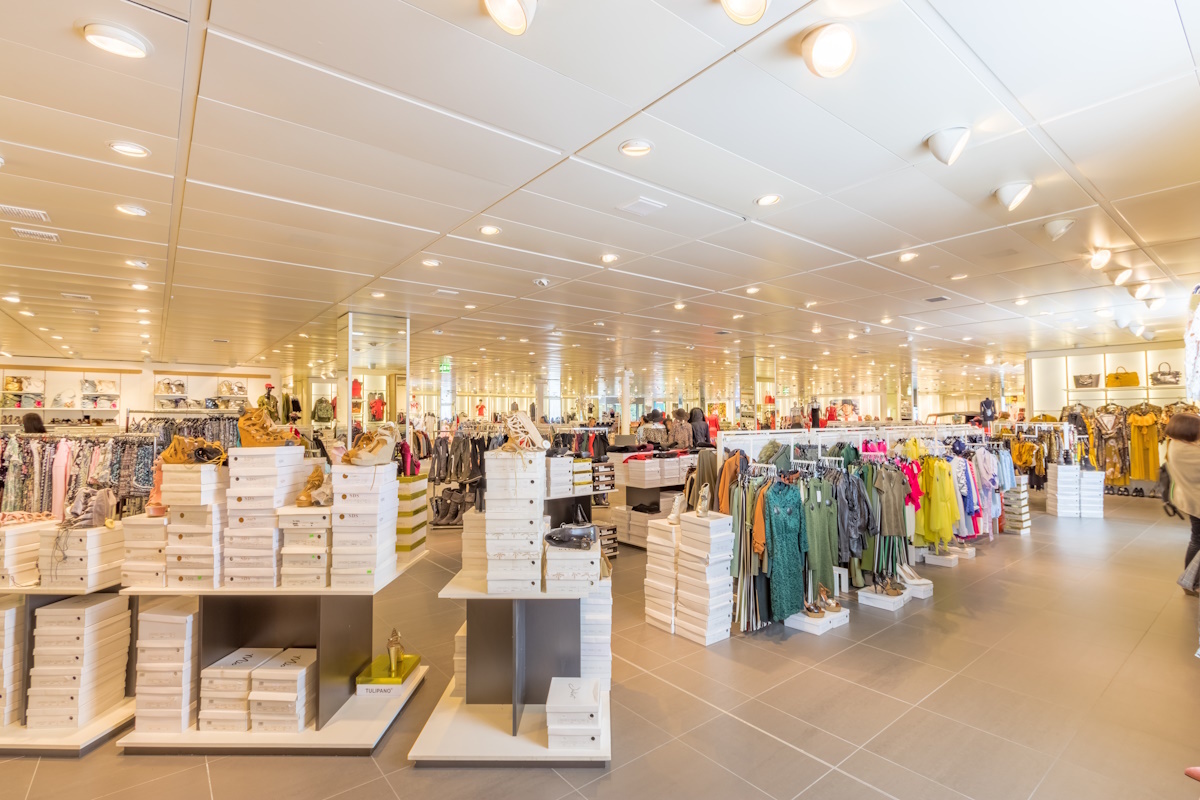Diversifying the supply chain

Jeff Eckel at e2open argues that a diversified supply chain is critical for a competitive advantage in this retail Golden Quarter
Supply constraints and unpredictable demand have upended retail supply chains in the past few years. Like many other industries, retail has dealt with everything from increased geopolitical trade conflicts to a global pandemic.
Now, with a cost-of-living crisis, retailers haven’t experienced customary seasonality and sales volumes, with little change in trade volumes and demand and supply. For instance, retail sales have fallen for eight consecutive months across Europe and continue to be down compared to previous years.
As we move into the Golden Quarter, comprised of back-to-school, Halloween, Black Friday, and holiday surges, maximising sales will be more vital than ever to meet annual revenue goals. But preparation will be essential, and supply chain leaders will need to ensure their operations are primed to capitalise on this seasonal surge.
So, what tools should retailers prioritise for a competitive advantage this Golden Quarter?
Forecasting retail success
By now, retail organisations have revenue forecasts for the fast-approaching sales season. Whether brick-and-mortar, online, or a combination of both, the supply chain process remains the same - identify finished goods suppliers and place orders ahead of time to have the correct quantity of the right product at the right time.
In an ideal world, these suppliers would have anticipated the orders they will receive and forecast this within a supply plan, allowing enough time to produce the finished goods and ship – or, better yet, on an even earlier timeline for distributors and other sales channels.
In most cases, suppliers outsource the building, assembly, and production of the goods they sell, whether that be to diversify supply or take advantage of trade agreements and tax advantages. However, outsourcing often comes at a steep cost and creates issues around visibility, quality, and control. After all, suppliers will prioritise production speed over visibility into contracted operations.
Building this level of visibility can seem daunting for both parties. Yet, when retailers and suppliers increase collaboration and transparency, they will mitigate risk and reap the rewards of the Golden Quarter. So, what does that look like in practice?
Enhanced supply chain agility
The solution is greater agility. For instance, if a retailer’s biggest competitor announces a new product for the holiday season, operations and decisions should be made quickly to keep pace with the competition. In this scenario, most businesses would adjust their forecasted revenue to expect fewer product sales and, consequentially, for the supplier to adjust the plans and orders already set in motion.
On the other hand, new protectionist trade regulations and policies require finished goods suppliers to quickly diversify their own suppliers to acquire a critical supply of parts or products to fulfil orders on time. When suppliers experience challenges with specific parts or material shortages, they need the ability to predict, monitor, and react.
Fortunately, weaving new data sources into their networks and combining disparate information with real-time insights will give retail supply chain leaders the visibility they need to act quickly. This enhanced view of data requires greater collaboration between retailers and their suppliers – as well as their suppliers further up the chain – on orders, inventory, and forecasts.
Ultimately, greater visibility means greater opportunity to diversify suppliers and meet tight production deadlines – vital to minimise risk, fulfil orders and remain profitable during peak seasons. And when AI is brought into the mix, this brings even greater opportunities to optimise operations.
The right tools to minimise supply chain risk
Mitigating risk requires retailers and their suppliers to have a fully connected, end-to-end supply chain view. With this high level of connectivity and collaboration, suppliers can respond to near-term supply and demand signals such as impending shortages or increased product demand.
Likewise, a cloud-based connected platform would allow retailers to move faster than their competitors, thanks to greater collaboration and insights to inform decisions.
From an ordering perspective, suppliers can react quicker to a new supply plan and put it in motion at any time, especially if there is an update to existing orders. At the same time, retailers can optimise their inventory and control carrying costs by seeing the impact of near-term supply and demand signals – all thanks to collaboration with suppliers across supply tiers.
As for forecasting, retailers can share their forecasts with suppliers and collaborate more effectively to identify risks and opportunities.
AI and IoT take decision-making one step further, with the capabilities to utilise many datasets to automate manual tasks and workflows. For example, AI could identify each shipment’s best carrier, mode, and route and adjust inventory levels and replenishment frequency based on demand patterns. It could even identify opportunities to diversify suppliers, removing the burden from overstretched retail supply chain teams.
Looking ahead, success during the Golden Quarter relies on consistent, short-term execution. Executing a logistics plan and adapting to disruption is almost impossible without the right technology. When exceptions occur, end-to-end, connected, and collaborative supply chain platforms can help mitigate the impact and keep goods flowing on time and in full.
At the same time, these technologies offer the potential for long-term gains – ensuring retailers and their suppliers are prepared for future peaks, whether those are planned or not.
Communication and visibility will prove vital for retailers to capitalise on the Golden Quarter and cope with any challenge that comes their way.
Jeff Eckel is Director at e2open
Main image courtesy of iStockPhoto.com

Business Reporter Team
Most Viewed
Winston House, 3rd Floor, Units 306-309, 2-4 Dollis Park, London, N3 1HF
23-29 Hendon Lane, London, N3 1RT
020 8349 4363
© 2024, Lyonsdown Limited. Business Reporter® is a registered trademark of Lyonsdown Ltd. VAT registration number: 830519543





